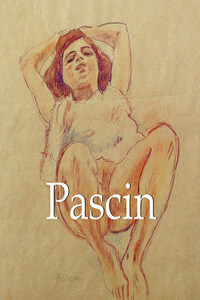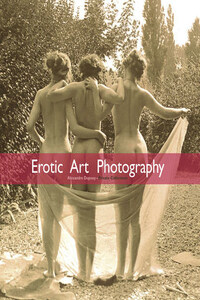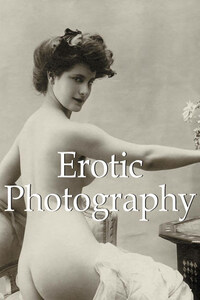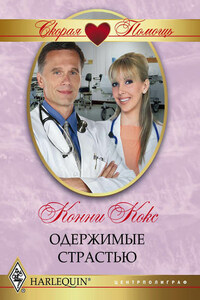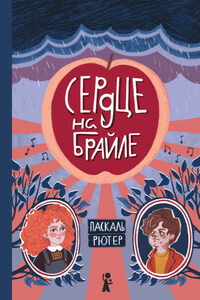31 March 1885: Julius Mordecai Pincas came into the world, the seventh of nine children born to Sophie Pincas née Russo and Marcus Pincas, a rich grain merchant. Julius flees his parents’ strict household at a young age.
March 1905: After studying in Budapest, Vienna, Berlin, and Bucharest, Pincas travels to Munich, where he begins to draw for Simplicissimus. His father forbids him from using the family name, ‘Pincas’. Julius suppresses his first name and rearranges the letters of Pincas, ever afterwards signing his name Pascin with an upper case ‘p’.
24 December 1905: He arrives in Paris. His reputation precedes him and a veritable international delegation of painters and personalities awaits him. The École de Paris welcomes one of its future masters.
September 1907: Pascin meets Hermine David, who shows him her 18th-century style miniatures painted on ivory.
1909: Pascin meets the eighteen-year-old Cécile “Lucy” Vidil when she posed for him for the first time. The future wife of Norwegian painter Per Krohg later becomes Pascin’s mistress and model for a countless number of his paintings.
1910: Pascin’s paintings are exhibited at Berthe Weill’s gallery to little reception. However, his drawings are being hailed as some of the best of their time on the other side of the Rhine.
June 1914: Without waiting for the First World War to begin, Pascin and his partner Hermine travel to New York via Brussels and London, eventually settling in Brooklyn. Pascin undertakes numerous trips to Texas, Florida, Cuba, and Louisiana. Like in Paris, Pascin leads a bohemian lifestyle.
25 September 1918: Pascin and Hermine David marry.
11 November 1918: The armistice treaty to end the First World War is signed. However, Pascin and Hermine do not feel pressed to leave the New World and its riches.
20 September 1920: Pascin receives American citizenship. He and Hermine finally return to France. In Paris, he continues his former life of excess. He begins a public affair with Lucy.
2 June 1930: Pascin decides, in all lucidity, to kill himself. He hangs himself from his door.
The Caliph and His Three-Hundred and Sixty-Seven Models
…Don’t go back like that… Continue to follow the body of poor Pascin. Yes, I’m leaving you. I’m staying here with the spirit of his image. I’m staying with the mystical Chagall – his delicate companion at his side, with Kisling and Papazoff who are of the same wonderful lineage, and with all of his dear friends and their reddened eyes.
The Girl with a Turban
1903
Pencil on paper, 39 × 30 cm
Private collection
I’m staying with André Salmon and Marcel Sauvage, his face full of distress, with models of every colour hair and race, even gallery owners, their sorrow tempered by the sharp rise in the value of his work worth his departure into eternity… Oh Zadkine, excuse me, as a sculptor you have the cult of material and the naked mortals that you follow with the hope for survival, for transfiguration, for ‘that by which one finally changes eternity’.
The Shepherds
1903
Watercolour on paper, 37 × 51 cm
Private collection
I see him again, haunted by flesh, by the hallucinations of desire, by spreading legs and obscene rumps of sprawling women, and by the wonderful and terrible call of the human being to which he responded triumphantly with his great and simple goodness.
W. Mayr, Souvenirs sur Pascin.
The Young Girl from Munich
1903
Black and yellow pencil on grey-brown paper, 35.3 × 23 cm
Gift of Lucy Krohg in 1936
Musée d’Art Moderne de la Ville de Paris, Paris
The scene is Paris on the 7th of June 1930. The quivering restlessness of the new season momentarily holds still for an extraordinary event. This morning the curtains of the art galleries remain drawn as a sombre and impressive funeral procession marked by heavy emotions slowly climbs through the streets of Montmartre toward the cemetery of Saint-Ouen.
Young Girl with a Blue Ribbon
c. 1904
Pencil and watercolour on paper, 11 × 13 cm
Private collection
A thousand or so stunned mourners, their contorted faces streaked with tears, follow a frail horse-drawn hearse with heavy but silent footsteps. At the head of the procession is the noble and black silhouette of Lucy, the faithful and beloved mistress of twenty years. Lucy is the wife of Per Krohg, her cuckolded husband who waited in vain for her during the years of her tumultuous relationship with Pascin.
The Siesta in the Countryside
1903
Watercolour on paper, 14.5 × 21.5 cm
Private collection
Per is here as well. He does not hesitate to join the long procession and holds the arms of his grief-stricken wife while several women moved by his gesture congratulate him in silence.
Behind Lucy is the family of close friends. Julie and Simone Luce, mother and daughter who were present at Pascin’s side through thick and thin, support Hermine, or, she supports them.
